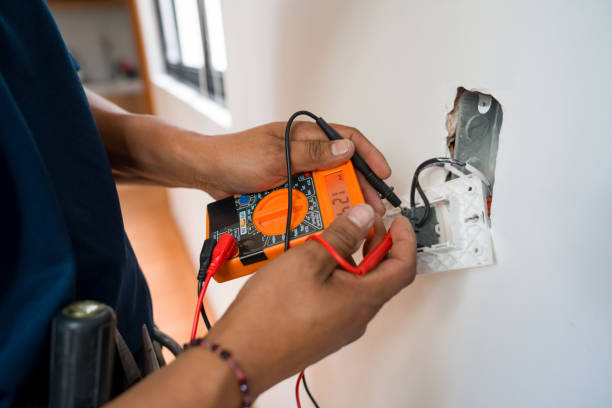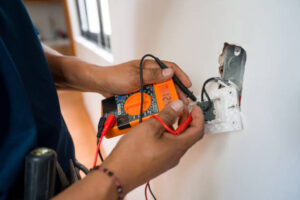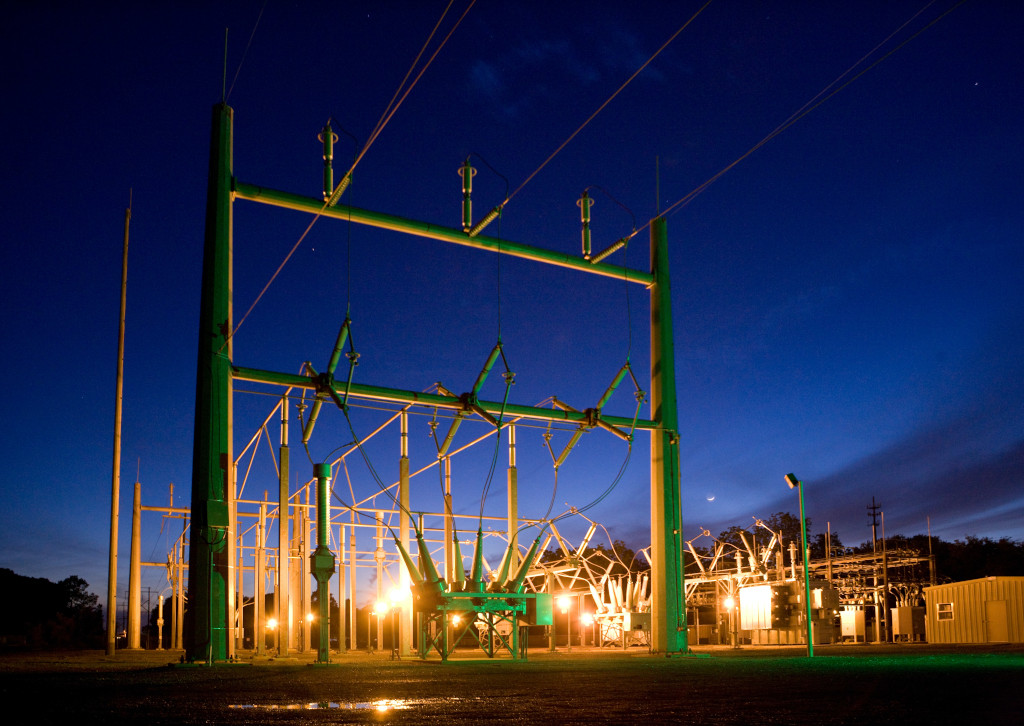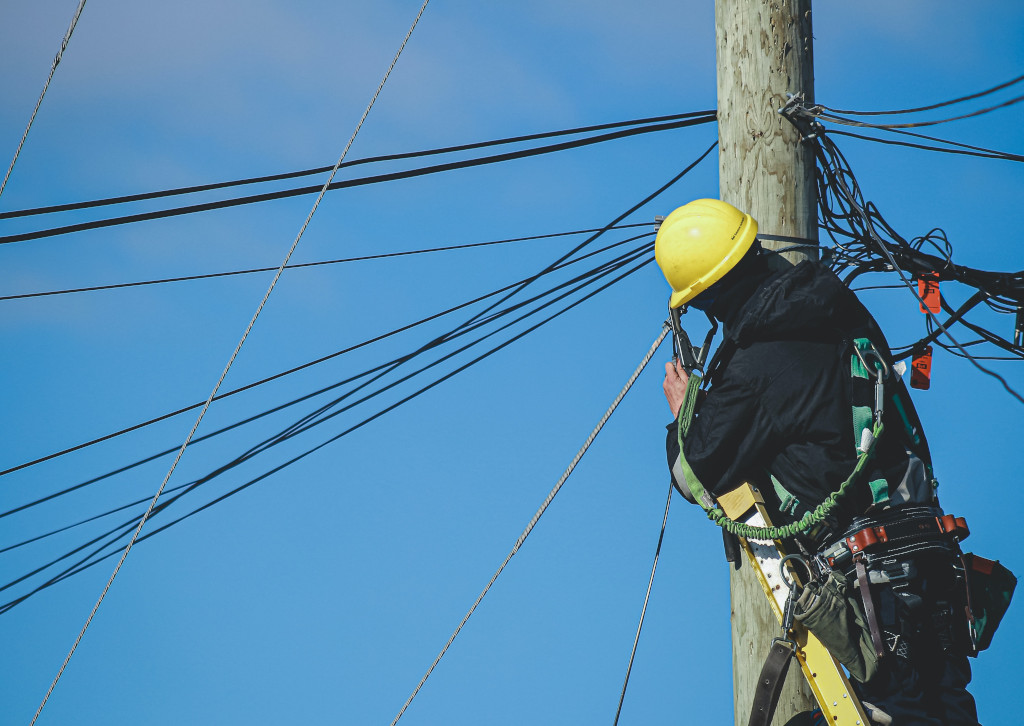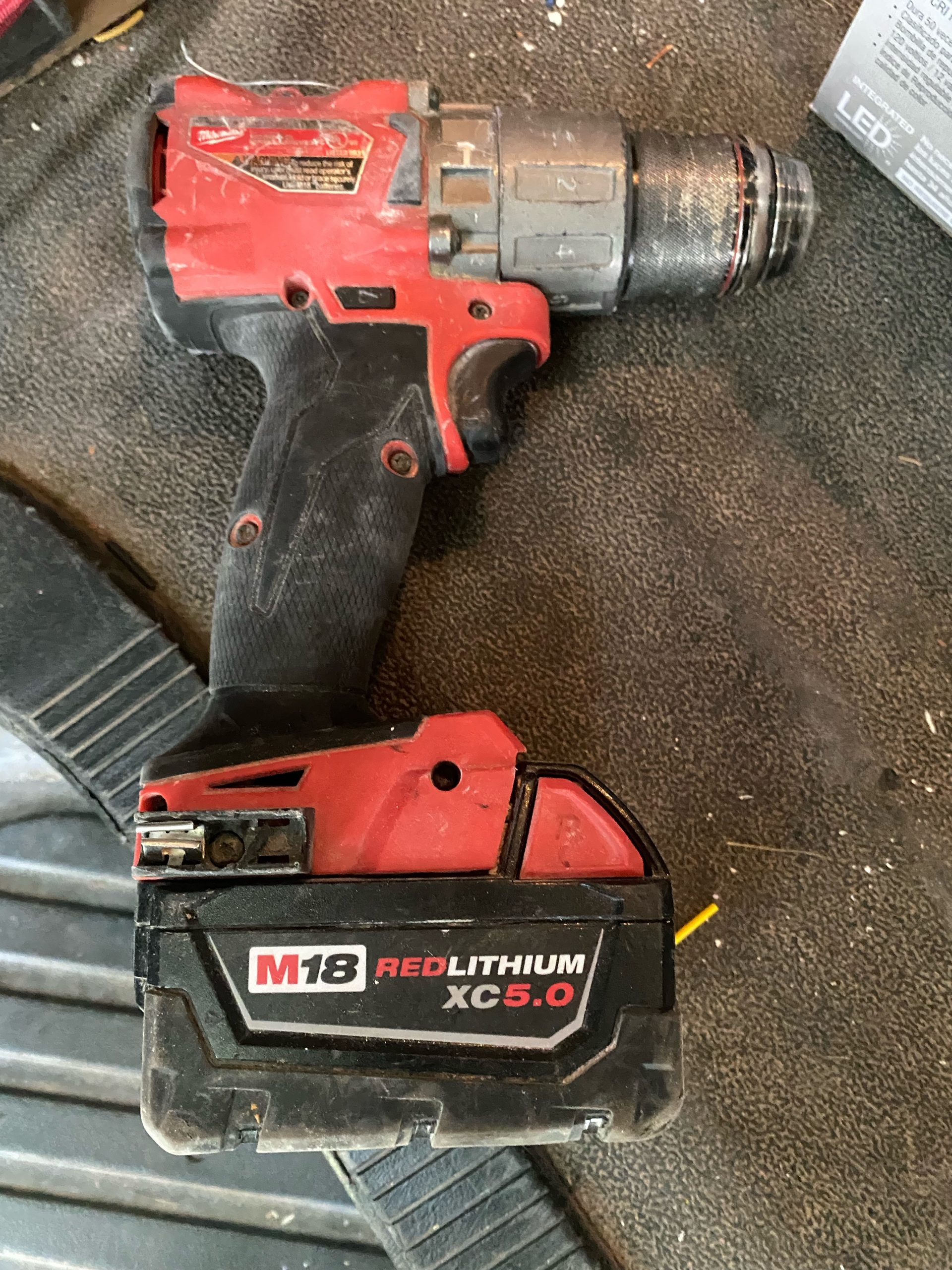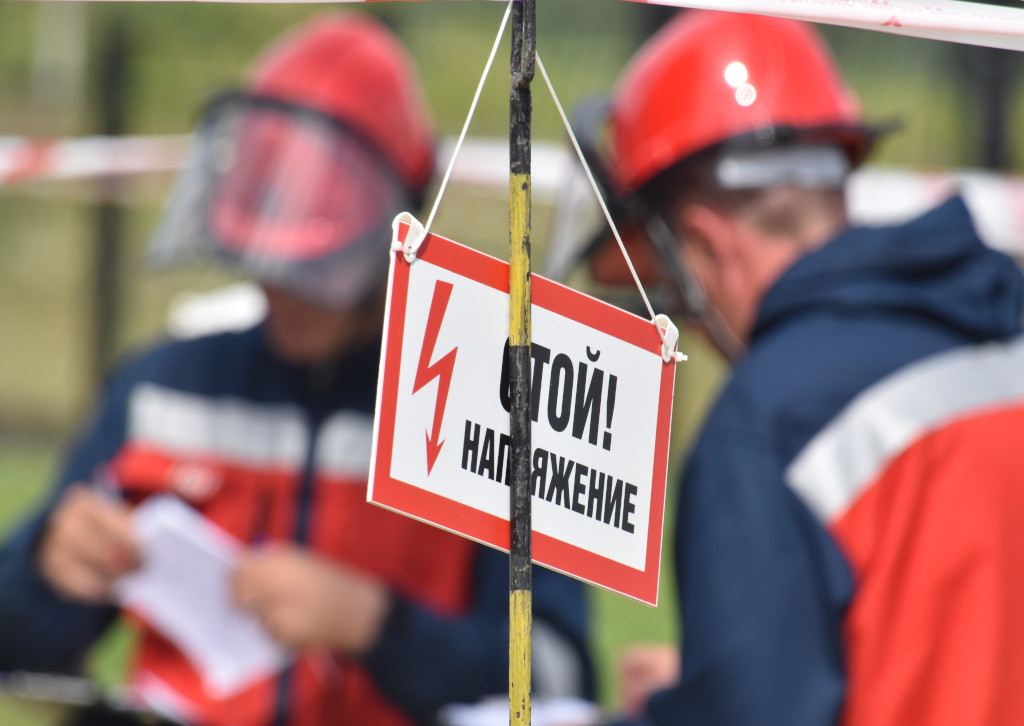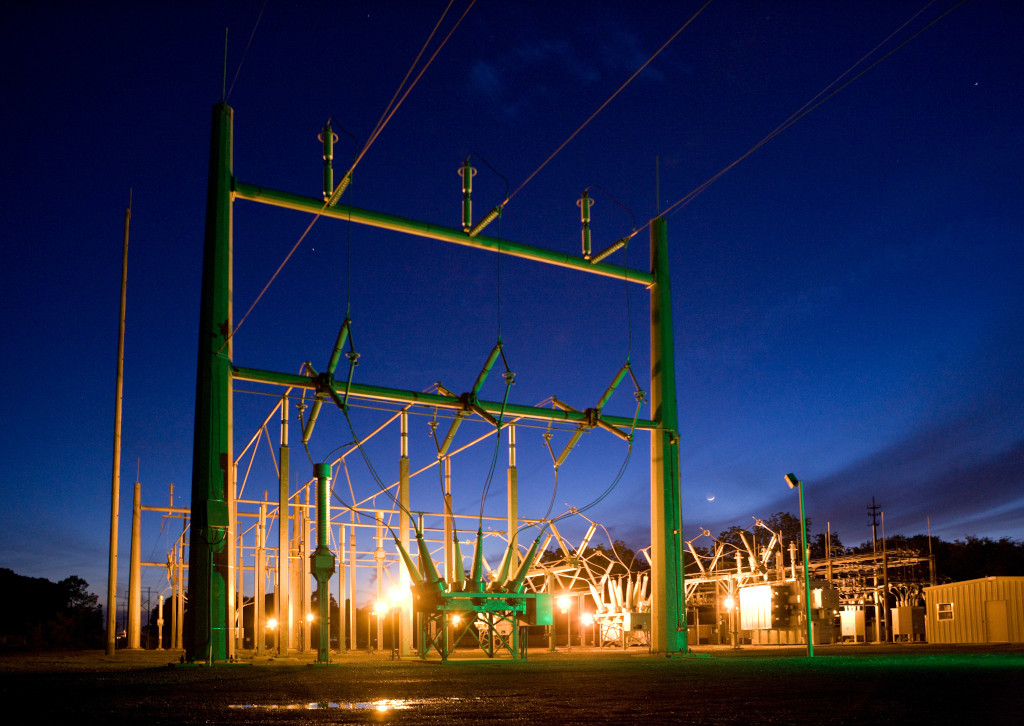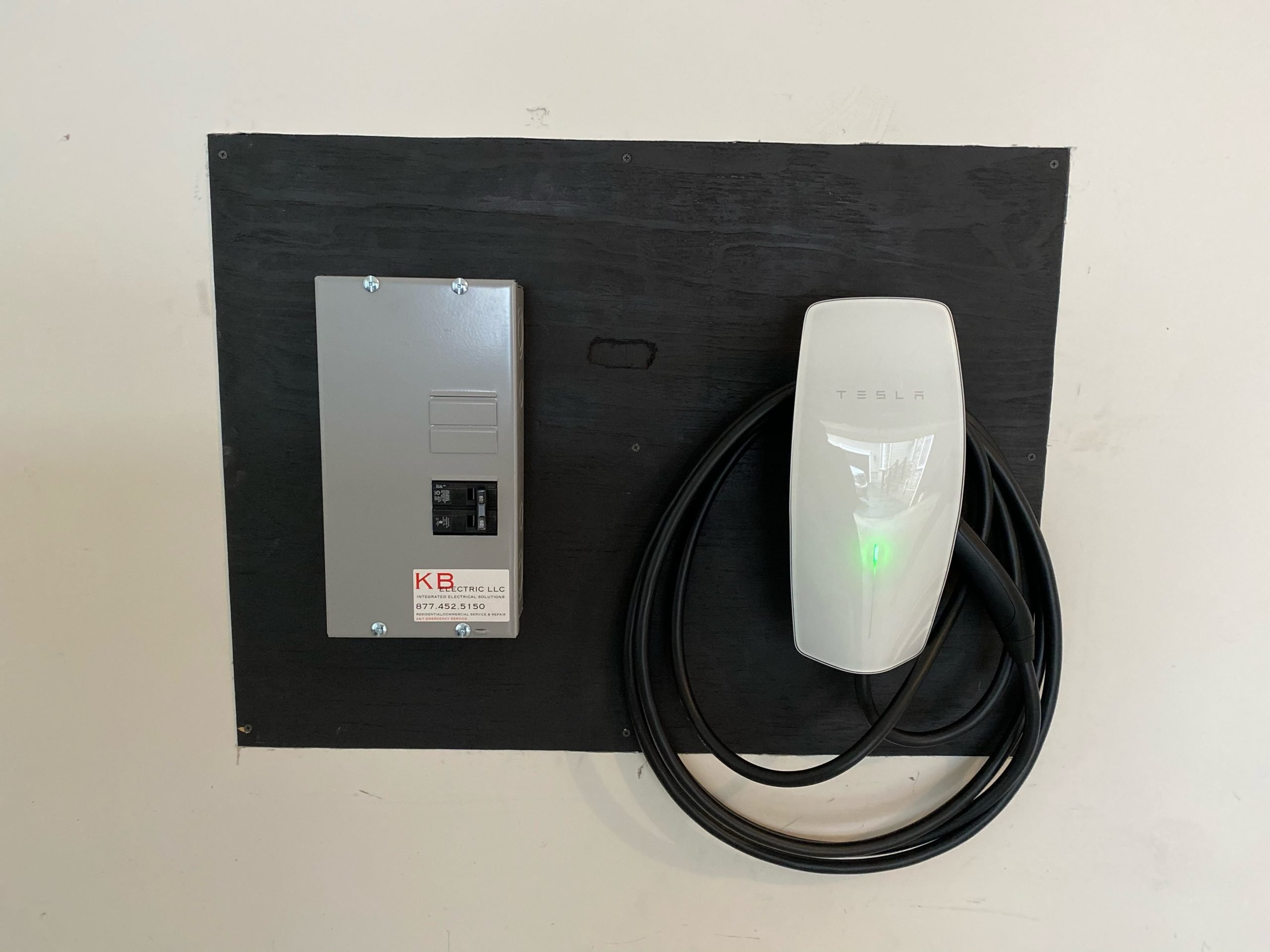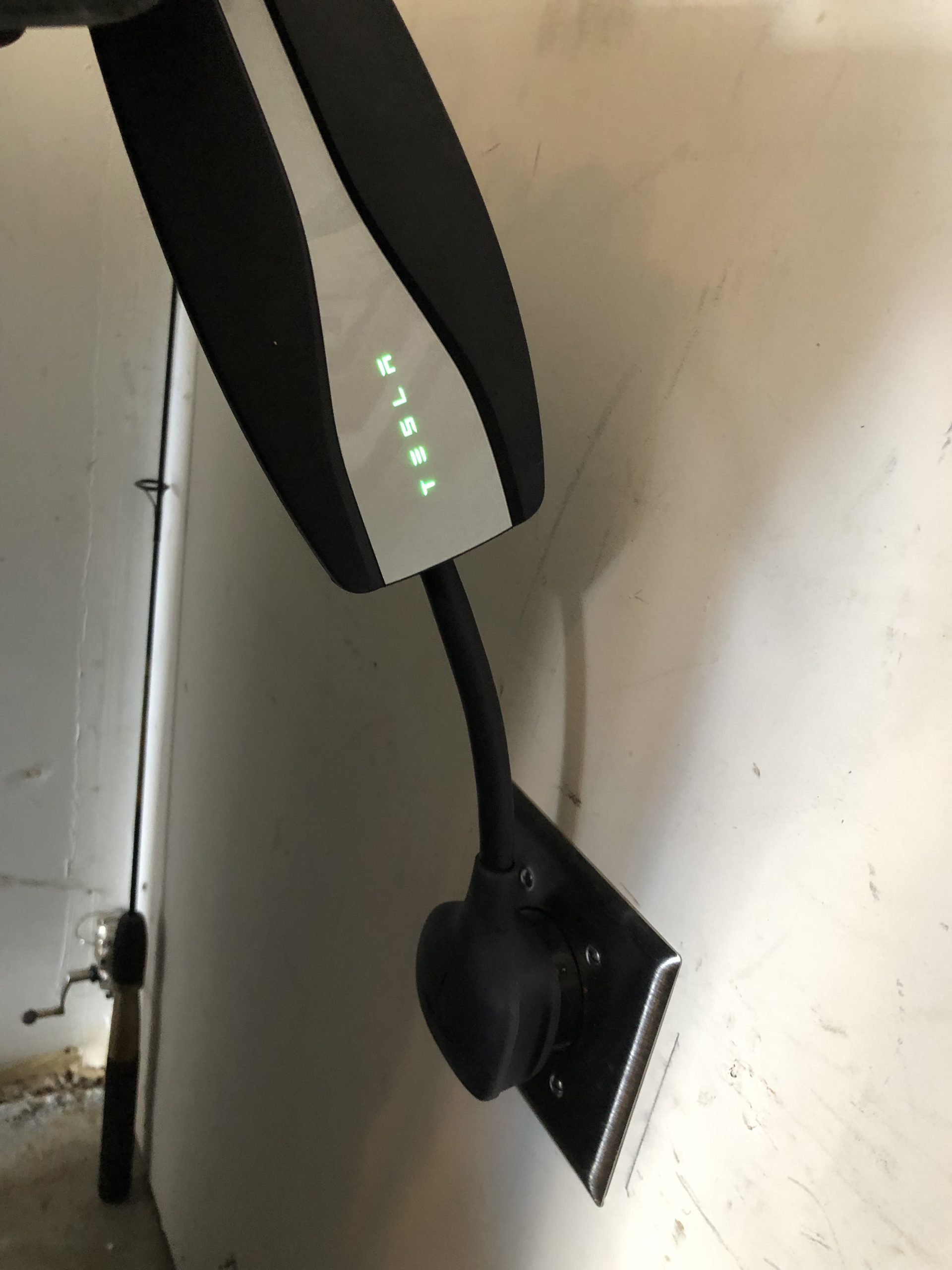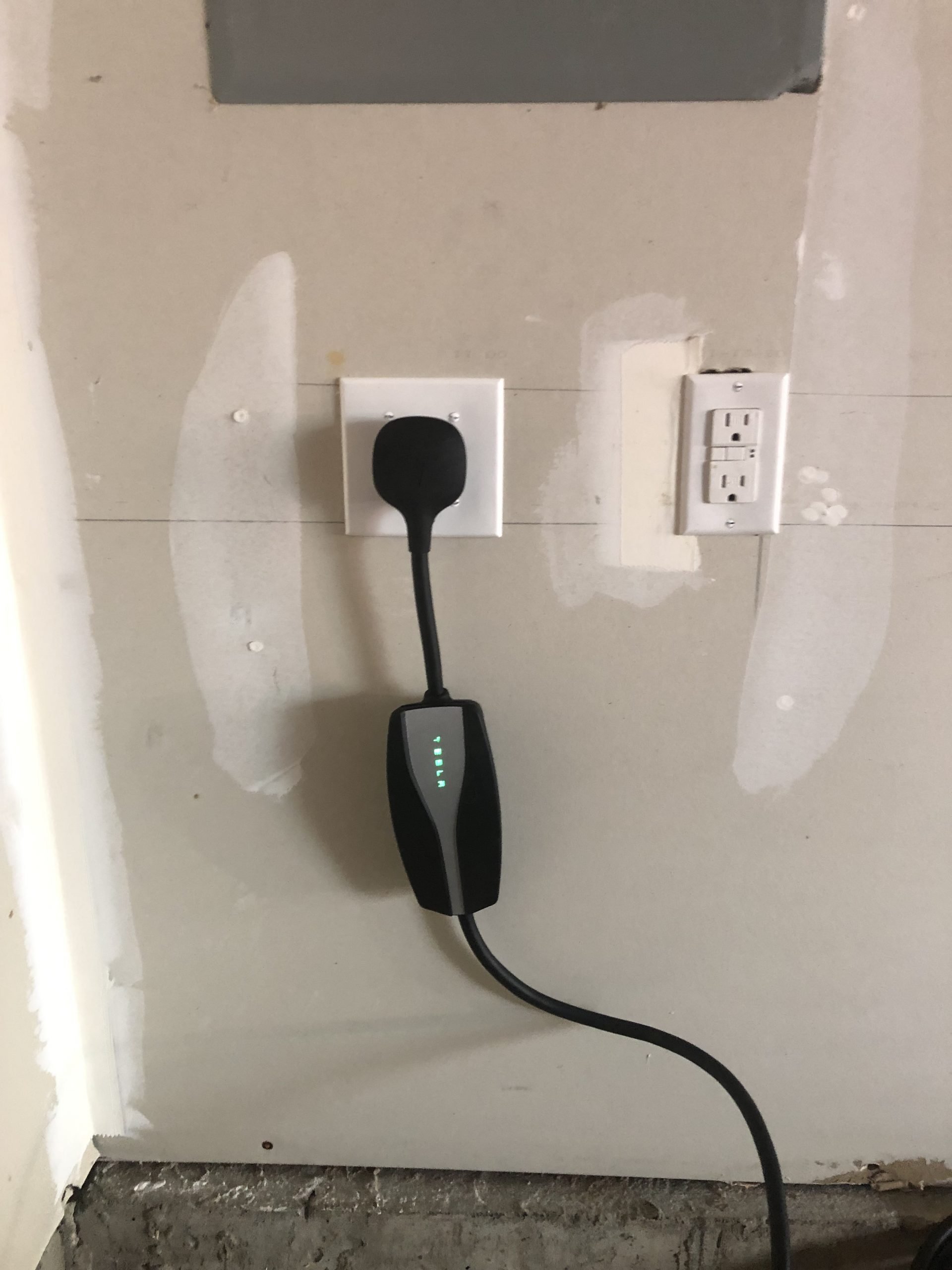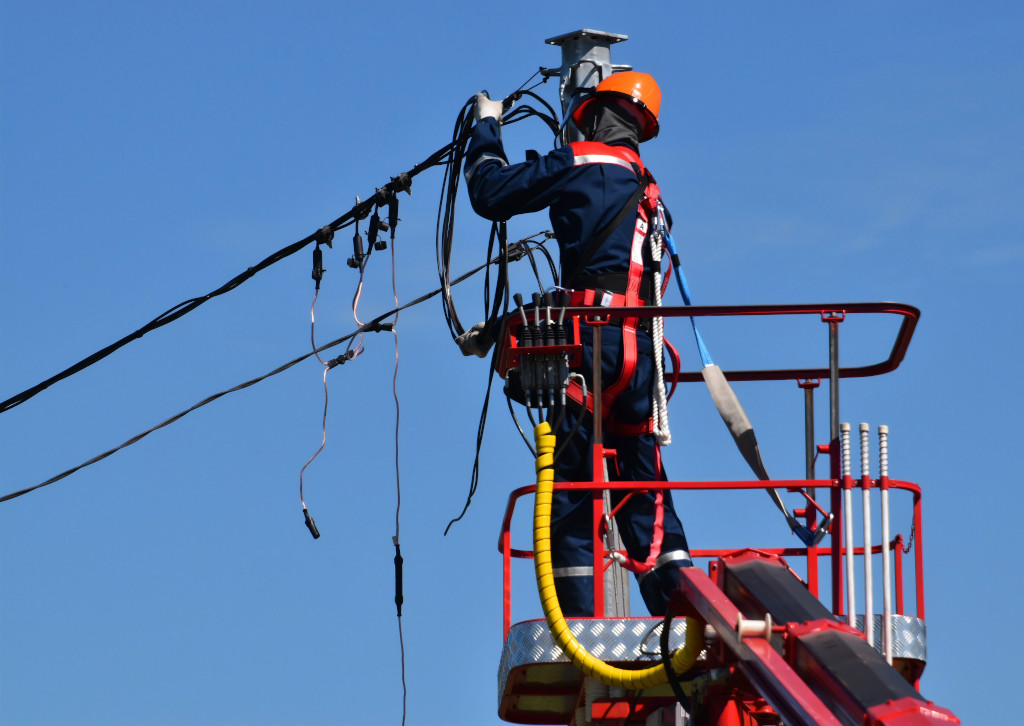Whether you’re a first-time homeowner or a seasoned expert, there are certain things you need to know about wiring your home. 
Using conduit wiring for your electrical system is a great way to save money. However, there are a few things to keep in mind before you start.
First, you should determine the size of your conduit. This will help you to avoid having to draw too much strain on your wires. If you don’t, you may end up with a twisted cable or damaged insulation.
Second, you should install conduit wires in a way that they are isolated from the outside world. This will reduce the risk of fire and electrocution.
Finally, you should be sure to seal the holes in the conduit with the proper material. This will prevent water from getting inside the pipe. You can also keep your cables in protective sleeves to make maintenance easier.
There are many different types of conduit available. Some of the most common include electrical metal tubing and thin wall. Generally, you’ll find a conduit made of metal to be the most durable. It is usually galvanized and stove enameled to resist rusting.
While metallic pipes offer protection against moisture, they can be expensive. The most expensive conduit is the rigid metal conduit. This type of conduit is designed to handle more conductors in one run than others. It also provides structural support.
While metal conduits are not the most cost-effective option, they are a good choice for indoor applications. They can be installed without running boards and can carry more conductors in a single run. This makes them a good choice for a garage, workshop, or factory.
You’ll also want to make sure that your conduit is threaded properly. Threading is important because it helps to prevent loose fittings and to rub.
Cleat in wiring is a type of wiring system that is used for temporary and low-voltage installations. It is a flexible and cost-effective wiring system. Nevertheless, it cannot be considered a permanent solution. Moreover, it is not very attractive, as it has an unsightly appearance. It is not suitable for domestic premises and high-precision workshops.
Cleat insulations are made of plastic, porcelain, or hardwood. The base of the cleat is mounted on the roof. The upper part of the cleat is grooved to hold wires. It is tightened with a screw. The lower part is fitted on the wall. The cleats can accommodate three wires.
The distance between the cleats is 45 centimeters. It depends on the cable’s current rating. Usually, there are regular intervals. Depending on the layout, the bottom and the top cleats are loosely fixed. The cables are then drawn and tensioned.
The cleats are designed to provide a safe, secure, and effective holding of the cables. They also protect the cables from electro-dynamic forces and excessive cable movement. Besides, they have corrosion resistance and low smoke zero halogen features. These features make reworking easier. The cleats can be manufactured in nylon, stainless steel, or aluminum.
The cleats must be used near accessories and at bends and turning points. They must be installed according to regulations. The cleats are available in different sizes. Some cleats have only one hole, while other cleats have two or three holes.
Some cable types have higher peak faults than others. Therefore, it is important to know the cable’s current rating. This information is provided in the 17th Edition Wiring Regulations. It is also recommended to use copper wire for outdoor installations.
Traditionally, the wires in the batten wiring system are installed on a smooth batten. However, nowadays, insulated cable systems are preferred. The cables are also tested with a phase tester. Then, they are fixed in place with brass link clips.
In the past, wooden battens were used in the wiring system. But, these days, copper-based systems are more effective. They pose no risk of mechanical wear and tear. And they look good.
Moreover, they are easy to disassemble and repair. They are protected from moisture and atmospheric corrosion. However, they are not suitable for outdoor use. These cables are less expensive compared to capping and casing.
The wires are secured with a tinned brass link clip. The distance between the clips should not exceed 12 cm. For horizontal runs, the wires should be positioned at a spacing of 10 cm. And, for vertical runs, the distance should be 15 cm.

